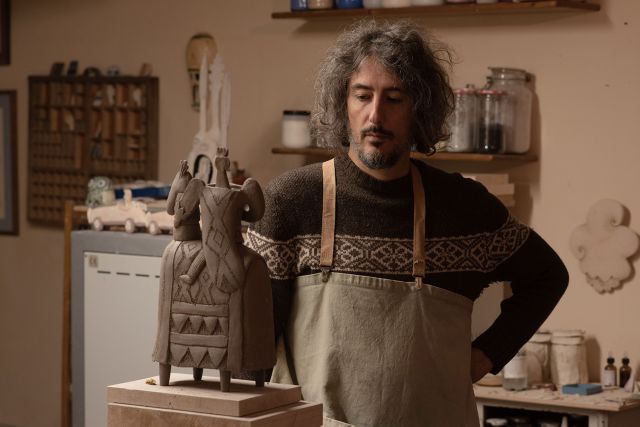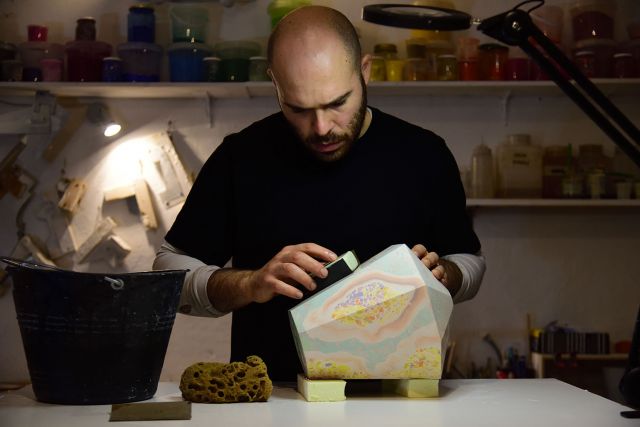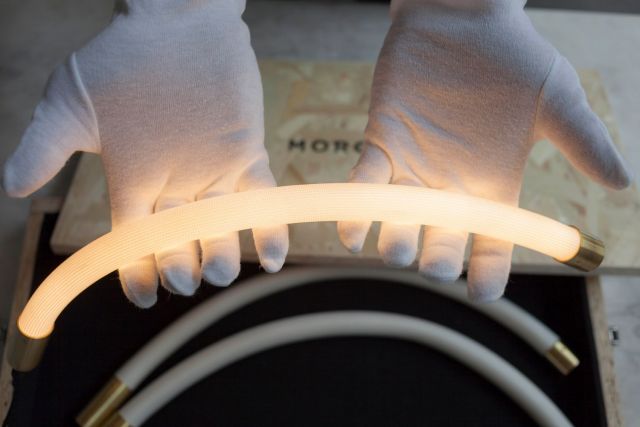A rocking vessel with a round bottom, this piece is turned at the lathe, charred with fire, brushed and dried in the sun for approximately two months so that dramatic cracks develop. A layer of rust is painted on the wood. It is finished with both varnish and wax.
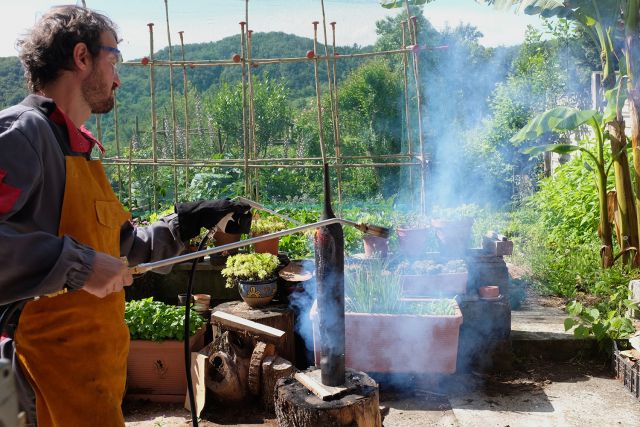
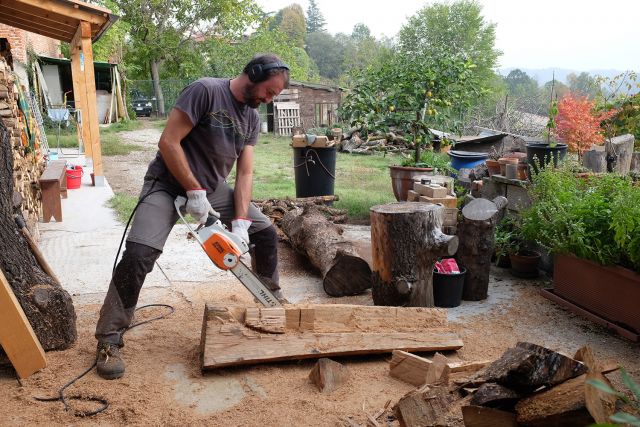
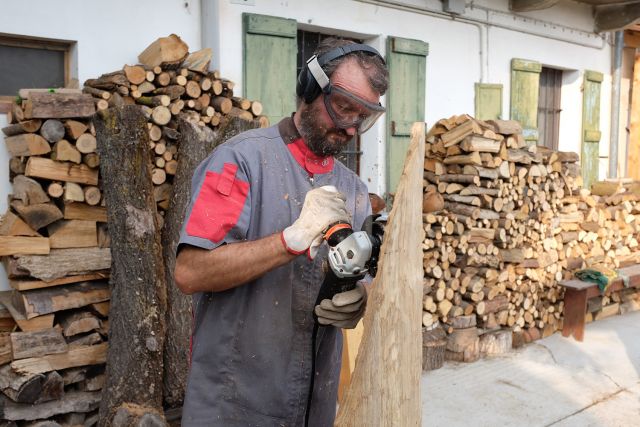
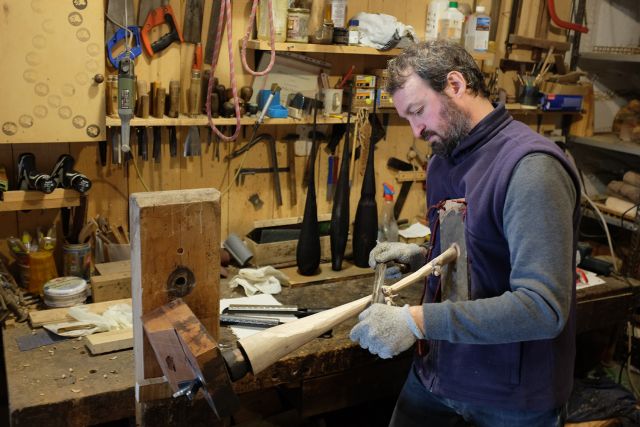
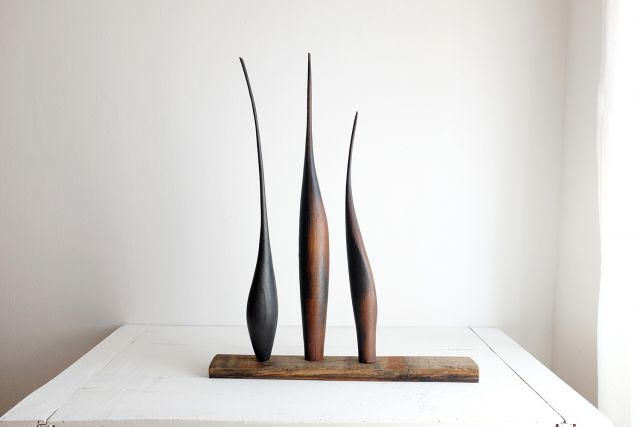
Marco Bellini
- Inu Do
- Woodturner
- Camino, Italy
- Master Artisan
Spiritual meaning in primitive shapes
- • Marco creates wooden vessels and other sculptures
- • He challenges techniques and materials
- • His research is rooted in the investigation of primitive spirituality
Marco Bellini’s wooden sculptures are invitations to get in touch with some of our most primitive needs as human beings. Archaic and evocative, they express their author’s impulse to create in order to convey a universal, non verbal message, as our ancestors did when they drew their first paintings on cave walls. Marco crafts his wooden vessels using a variety of techniques, guided by the specific shapes and features of the piece of wood at hand. He embraces the fact fact that there is no full human control over the making. Marco lets his pieces rest so that it might take months, if not years, for them to be ready. His artistic investigation is spiritual.
Read the full interviewWorks
Photo: ©Weronika Makowska

Photo: ©Weronika Makowska
This is a large, egg-shaped vessel made of salvaged apricot wood from a very old dead standing tree. It was turned and hollowed at the lathe, charred on the outside and polished with beeswax on the inside. Inlay keys were applied to stabilise the very large crack running around the whole vessel.

Photo: ©Weronika Makowska
These are two twin elongated sculptures. They are partly turned at the lathe and partly formed with traditional tools like draw knives. They were charred with fire. The charred part is consolidated using a spray varnish, that is then burned in some places to achieve a white shade.

Photo: ©Weronika Makowska
This is a cylinder vessel, turned at the lathe, charred with fire, brushed and dried in the sun for approximately two months so that dramatic cracks develop. A layer of rust is painted on the wood. It is finished with both varnish and wax.

Photo: ©Weronika Makowska
Here is a simple bowl with large rims, textured on the outer part and polished on the interior. Turned at the lathe from green wood, it warped while drying. It is oxidised and finished with beeswax.





